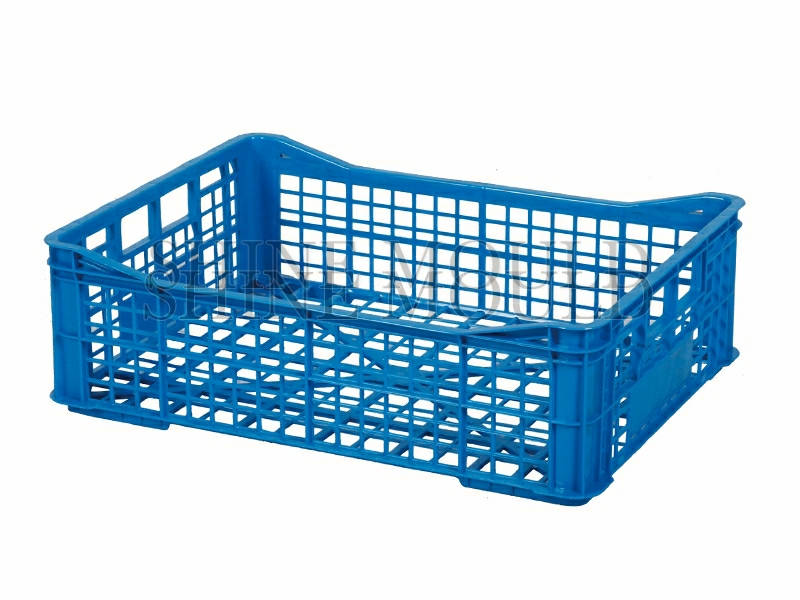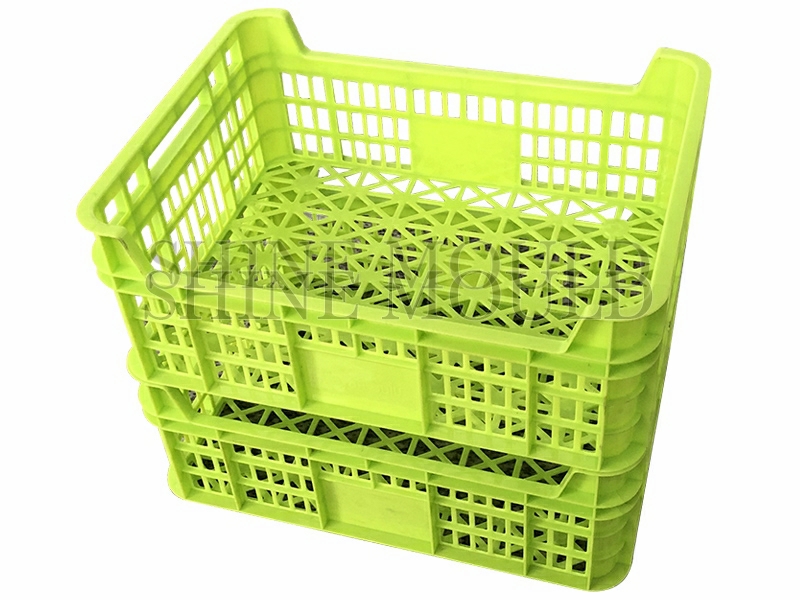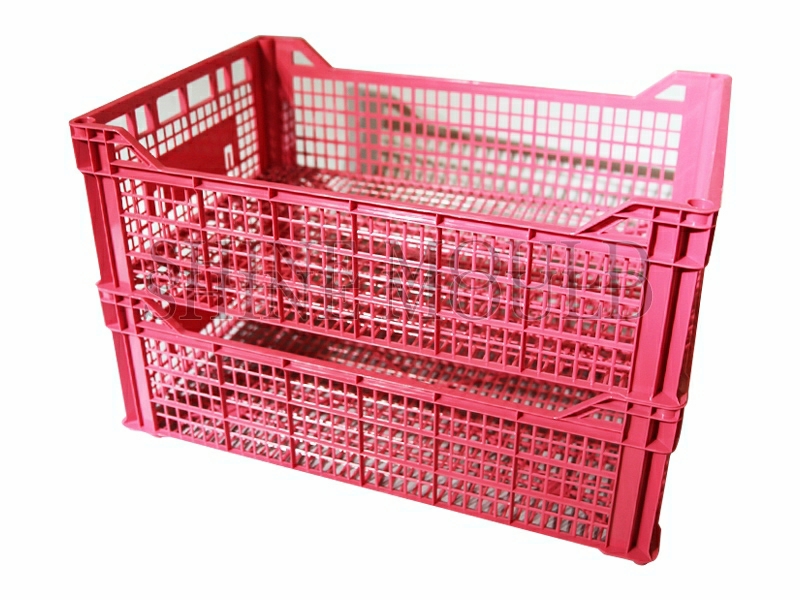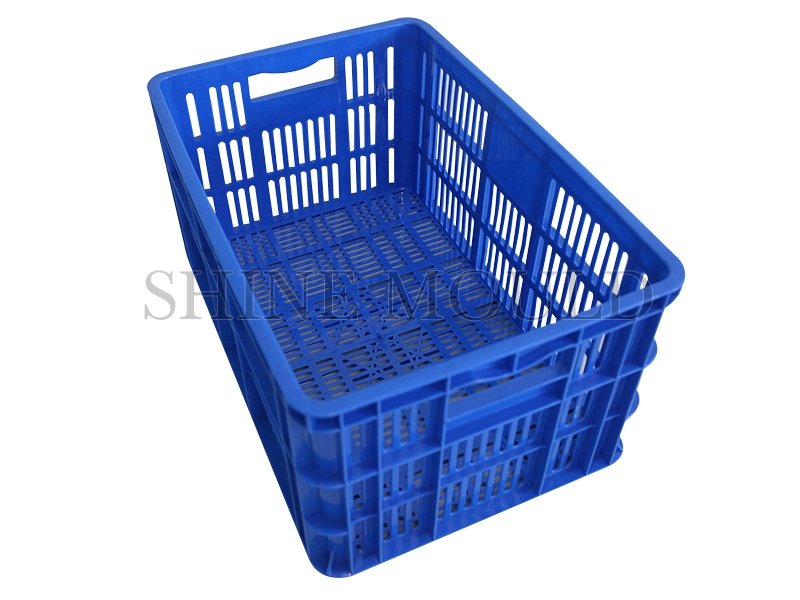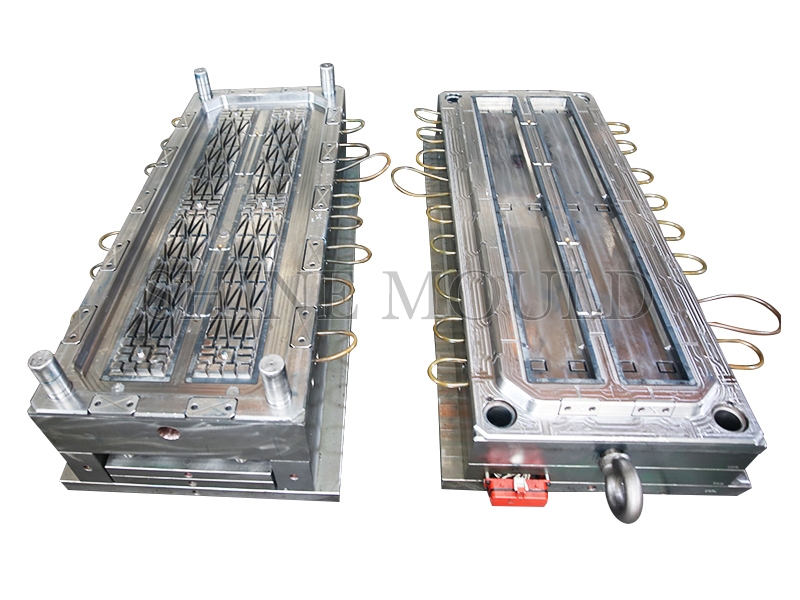Plastic Children Toy Mould Wall Thickness Requirements
Toys have higher requirements for the structure. During normal sports, abuse, and reliability life testing, they must not have sharp points, edges, shell cracks, parts falling, and loss of function. The appearance of the toy is also very demanding. Because the injection molding manufacturing process is affected by many factors, defects are prone to occur if it is not properly controlled. Due to the high safety standards of toys and the limited profit margins of toy manufacturers, higher requirements are put forward for the structural design of plastic toy molds. The following are some basic requirements for wall thickness:
- The wall thickness of plastic Children Toy mould injection molded parts cannot be too thin, otherwise, they cannot meet the requirements of impact strength and pressure strength, and cannot meet the requirements of the plastic injection molding process. If the wall thickness is too thin, the rubber will not flow completely into the cavity, and black spots, dark brown streaks, and insufficient filling will appear.
- The injection molded parts of plastic toy molds should not be too thick. Too thick will affect the shrinkage rate of injection molded parts, and shrinkage marks (usually called shrinkage rate) appear. Secondly, the mold cooling time is proportional to the wall thickness.
The cooling time accounts for 75% of the entire cycle of the injection molding manufacturing process. It can be seen that excessive wall thickness will reduce production efficiency and increase production costs. In addition, excessive rubber thickness will increase the amount of rubber and increase costs. The wall thickness of plastic parts from plastic toy molds is usually controlled at 1.5 to 3 mm.
- The wall thickness of the toy should be uniform, otherwise, it will cause deformation, shrinkage marks, and peeling of injection molded parts in the plastic toy mold due to uneven shrinkage. Among them, there are many drape factors, excessive injection pressure, intermittent pauses in production operations, and improper exhaust will cause the rubber to leave the cavity area. After the overhang phenomenon occurs, it is necessary to increase the manual evacuation of personnel, which undoubtedly increases the processing cost.
- In order to maintain the uniform thickness of the material, many rubber parts have adopted hollowed out rubber and replaced the structure with bone positions, such as larger nylon/steel gear parts, joint positions, force angles, etc.




 Search...
Search... English
English

